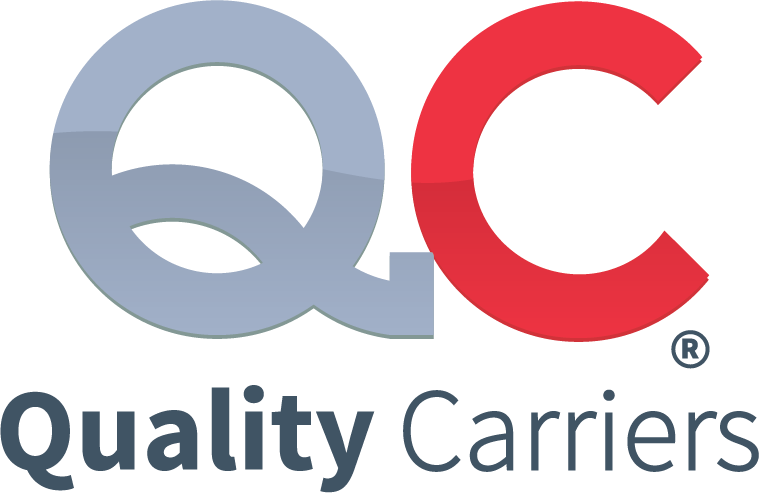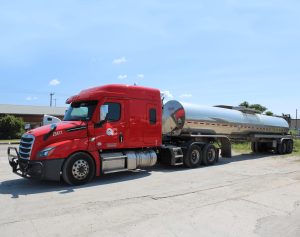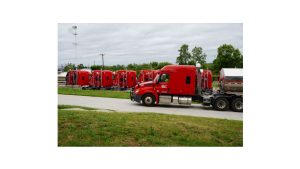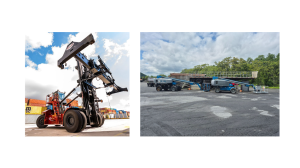Finding the right trucking company for owner-operators takes time and effort, and the average job search takes several weeks. But if you’re an experienced driver, there are ways to improve your search and chances of getting more loads.
Trucking owner operators who work for a carrier are typically given loads through their dispatcher. They’re also responsible for finding their loads, but with limited resources and competition, it can be challenging to find loads.
Owner operators are constantly on the hunt for trucking jobs. But sometimes, you may need more time to show up on a company boards page before that perfect load. Today I’m going to give you some ideas on finding loads beyond the standard ones you find on job boards.
How do owner-operators find loads?
There are various ways that owner operators can find loads and get paid for their services. Some of these include:
- Work with a freight broker.
Freight brokers are intermediaries who help truck drivers connect with shippers and carriers. You can hire a broker to handle your trucking needs, or you can use one to find only the specific types of jobs you want — such as long-haul or short-haul or even just local hauls.
Brokers know their markets and can match you with the right jobs. They have relationships with shippers and carriers, so they can put together bids that suit both parties’ needs. Brokers also know which loads have open space, which helps them match your freight more efficiently. They also know where there’s room for growth in the industry and where there are hot spots for demand (which corresponds with high pay).
- Use owner-operator load boards.
Load boards are websites that list available trucking jobs and the rates paid by the carriers that need drivers. The primary load boards have thousands of listings, including a wide range of freight for trucks of all sizes and sleeper sizes. If you’re looking for specific freight, check several load boards.
- Contract with a dispatching service
It is a good option if you’re looking for steady, consistent freight and don’t want to spend time chasing down customers. Dispatch service is like an agency that matches drivers with loads.
They handle all the details, so you don’t have to, including negotiating rates and ensuring that both parties agree on terms. You’ll pay a fee for this service, but it will save you time and give you peace of mind knowing that there’s always work coming in the door.
- Sourced directly from local shippers
You can find loads by meeting with local companies that need shipments completed. This way, you’ll be able to build relationships with the companies you work with over time and create more consistent revenue streams.
It’s a good strategy for owner-operators who don’t want to rely on brokers. However, it’s important to note that this can be time-consuming if your goal is to make money quickly.

- Lease on with a company
One of the easiest ways to find loads is to lease with a company that pays weekly. The downside is that you’re limited to their clientele, but there are also some benefits.
If you lease on with a company, you don’t have to worry about finding your owner operator jobs or dealing with customers. You will also be paid every two weeks instead of waiting until the end of the month like you would when freelancing. Leasing on with a company also means that most of the paperwork has already been done for you.
- Register as a government contractor
One of the most common ways to find loads is to register as a government contractor.
Firm up your business model by registering with the federal government as a government contractor. The process is relatively simple and can open up new opportunities for owner-operators, who can bid on government contracts that require commercial vehicles and drivers.
“This is an excellent way for independent contractors to get into the market,” says Rick Wessel, director of administration at The Truckload Carriers Association (TLCA). “You can bid on jobs that require commercial driving experience.”
- Connect with other businesses
The best way to get your name out there is by networking at industry conferences and conventions. And also you’ll meet other owners in the same boat as you — they’re looking for business, and you might be able to help each other out.
You can also join a local trade association if there’s one in your area — many associations have special interest groups for owner-operators that meet regularly and provide opportunities for members to exchange ideas about finding new ways to generate revenue.
- Use load-matching apps
These are the most popular ways to get freight, and they have become more advanced in the last few years.
Owner operators find loads through load-matching apps, which allow them to see freight available for pickup and delivery via GPS tracking technology. These apps offer other features, such as real-time traffic reports, maps and route planning.
Benefits of using truck load boards
Truck load boards are an excellent way to get freight moving. The trucks on the board are available to haul loads, so you can find one quickly.
Here are a few benefits of using truck load boards:
Speed up your search for trucks. Instead of searching Craigslist and classifieds, use a truck load board. Also you can find the right truck based on location, capacity, and more in just seconds.
Save money by avoiding expensive brokers. Brokers typically charge 15 percent or more on top of the freight rate. Truck load boards eliminate the need for brokers by allowing you to connect directly with drivers who have space available.
No more dealing with unreliable drivers who say they have space but don’t show up or cancel at the last minute. When you work with a truck driver directly through their profile on the board, there’s no need for contracts or deposits, so there’s no risk involved if things work out differently than planned.
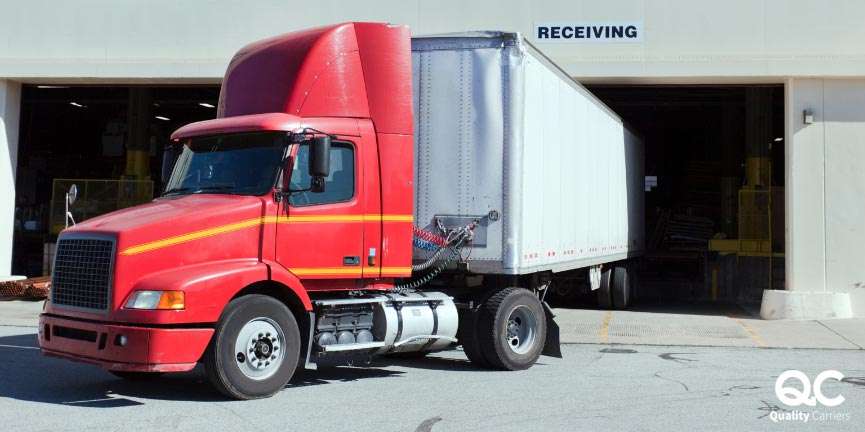
Conclusion
The information above is a comprehensive look at all the ways you can find loads without burning bridges. Your best bet will be a mix of networking with truckers, using freight finder sites, and talking to dispatch companies. These approaches will result in loads you’ll be thankful for and money in your pocket.
FAQS:
The cost of becoming an owner operator varies depending on the company you choose, the type of truck you want to drive, and your level of experience. In general, expect to spend $100,000 – $150,000 for a new truck and another $50,000 – $75,000 for equipment and other initial expenses.
Some of the biggest expenses an owner-operator faces are fuel, Insurance and maintenance.
Your insurance should include liability, physical damage and medical coverage for you as well as cargo coverage for your freight. Once you’ve decided on the type of trucking you will be doing, it’s important to choose adequate coverage limits for all three types of insurance.
The average owner-operator can earn between $60,000 and $100,000 per year. The exact amount depends on a number of factors, including the type of equipment you drive and how much you work.
